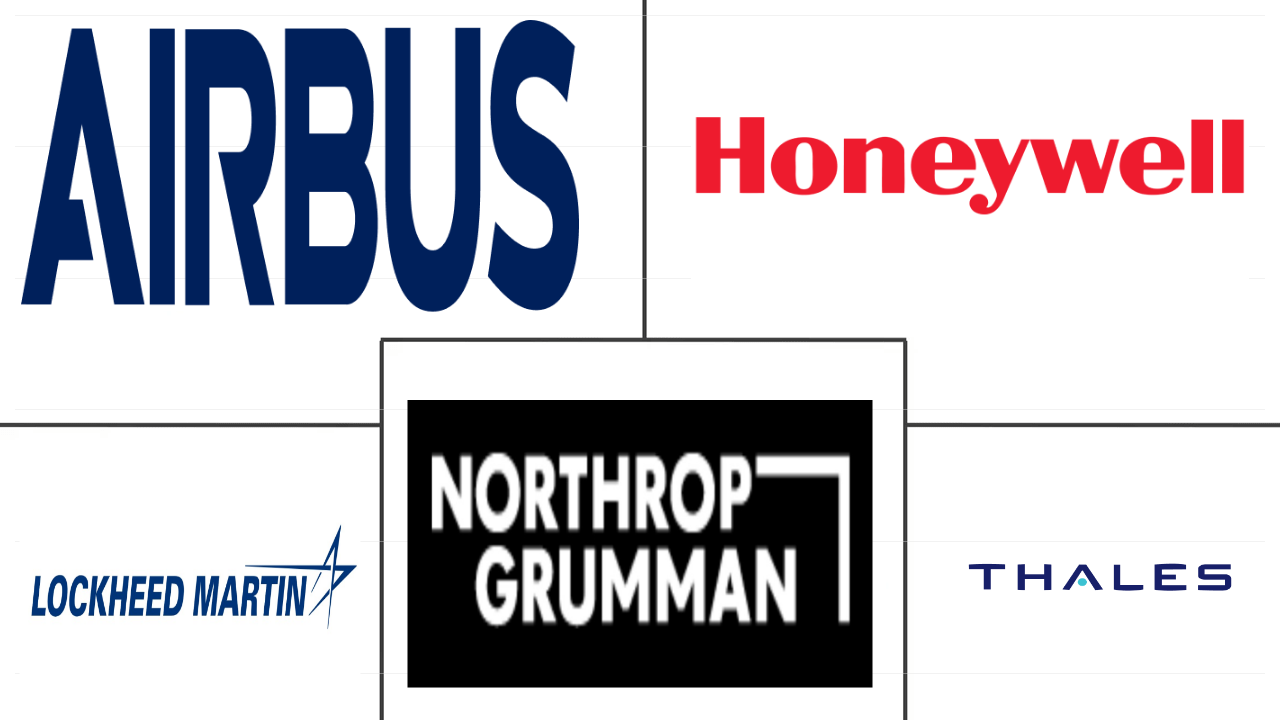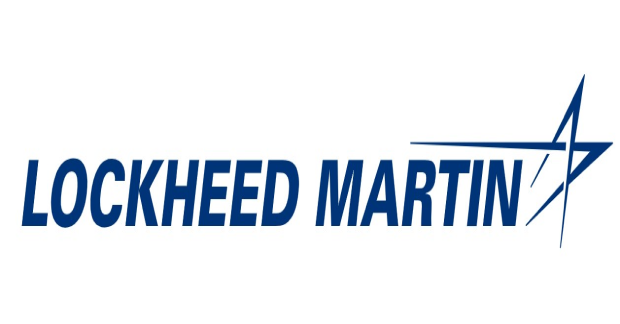Market Size of satellite bus Industry

|
|
Study Period | 2017 - 2029 |
|
|
Market Size (2024) | USD 17.85 Billion |
|
|
Market Size (2029) | USD 39.76 Billion |
|
|
Largest Share by Orbit Class | LEO |
|
|
CAGR (2024 - 2029) | 17.37 % |
|
|
Largest Share by Region | North America |
Major Players |
||

|
||
|
*Disclaimer: Major Players sorted in no particular order |
Satellite Bus Market Analysis
The Satellite Bus Market size is estimated at USD 17.85 billion in 2024, and is expected to reach USD 39.76 billion by 2029, growing at a CAGR of 17.37% during the forecast period (2024-2029).
17.85 Billion
Market Size in 2024 (USD)
39.76 Billion
Market Size in 2029 (USD)
30.67 %
CAGR (2017-2023)
17.37 %
CAGR (2024-2029)
Largest Market by Satellite Mass
65.83 %
value share, 100-500kg, 2022
Minisatellites with expanded capacity for enterprise data (retail and banking), oil, gas, and mining, and governments in developed countries pose high demand. The demand for minisatellites with a LEO is increasing due to their expanded capacity.
Largest Market by Application
78.69 %
value share, Communication, 2022
Governments, space agencies, defense agencies, private defense contractors, and private space industry players are emphasizing the enhancement of the communication network capabilities for various public and military reconnaissance applications.
Largest Market by Orbit Class
72.49 %
value share, LEO, 2022
LEO satellites are increasingly being adopted in modern communication technologies. These satellites serve an important role in Earth observation applications.
Largest Market by End User
69.05 %
value share, Commercial, 2022
Increasing usage of small satellites for telecommunication services generates the need to deploy advanced communication satellites for commercial purposes thereby the requirement of these satellite buses has become more relevant
Leading Market Player
24 %
market share, Lockheed Martin Corporation, 2022

OHB is the leading player in the global satellite bus market. The company invests in mission-critical technologies across all applications, especially in Earth observation satellites and their components.
Cost-effectiveness, faster deployment times, and advanced capabilities of LEO satellites aids the market growth
- The satellite bus market is driven by the increasing demand for satellite-based services, with applications ranging from communication and navigation to remote sensing and scientific research. The demand for cost-effective solutions, faster deployment times, and advanced capabilities is driving the development of innovative satellite bus solutions for LEO, MEO, and GEO satellites.
- LEO satellites are in demand for applications such as Earth observation, remote sensing, and scientific research. For LEO satellites, various companies offer a range of bus solutions, including the Boeing 502 Phoenix, the Lockheed Martin LM 400, and the Northrop Grumman GeoStar-3. These buses are designed to support a range of LEO applications, such as Earth observation, remote sensing, and scientific research.
- MEO satellites are used for applications such as communication and navigation. The demand for MEO satellites is driven by the need for improved navigation capabilities and advanced imaging technologies. Companies like Airbus Defence and Space, Boeing, and Lockheed Martin offer advanced solutions for communication and navigation missions, including the Airbus Eurostar Neo, the Boeing 702MP, and the Lockheed Martin LM 2100.
- The demand for GEO satellites is driven by the need for high-capacity data transmission, global coverage, and high-quality broadcasting capabilities. For GEO orbit, key players in the market include Boeing, Lockheed Martin, and Maxar Technologies. These companies offer innovative solutions for communication and broadcasting missions, including the Boeing 702, the Lockheed Martin A2100, and the Maxar Technologies 1300-class. These buses are designed to provide long-term, stable service for satellite-based services
The surge in the number of satellites manufactured and launched has positively impacted the market
- The global satellite manufacturing market is a dynamic and rapidly changing industry that plays an important role in modern society. This industry includes companies that design, manufacture, and launch a wide range of satellites, from small cubes to large Earth observation and communication satellites.
- The industry is driven by various factors, including growing demand for satellite services such as communications, navigation, and Earth observation, and increasing accessibility to space for public and private organizations. As a result, the industry has seen significant growth in recent years, with new players entering the market and established companies expanding their capabilities.
- Satellite manufacturing is a complex process with many technologies, including advanced materials, electronics, and software. Companies in this field must have a deep understanding of these technologies and be able to integrate them into sophisticated systems that can withstand the harsh conditions of space. Major satellite manufacturers include Airbus Defense and Space, The Boeing Company, Lockheed Martin, and Thales Alenia Space.
- North America and Europe are more established markets in the industry, while Asia-Pacific is a more lucrative market for growth opportunities. From 2017 to May 2022, around 4300 satellites were manufactured and launched globally. The global satellite manufacturing market is projected to grow and innovate as demand for satellite services grows and space access expands.
Satellite Bus Industry Segmentation Satellite Bus Industry Segmentation
Communication, Earth Observation, Navigation, Space Observation, Others are covered as segments by Application. 10-100kg, 100-500kg, 500-1000kg, Below 10 Kg, above 1000kg are covered as segments by Satellite Mass. GEO, LEO, MEO are covered as segments by Orbit Class. Commercial, Military & Government are covered as segments by End User. Asia-Pacific, Europe, North America are covered as segments by Region.
- The satellite bus market is driven by the increasing demand for satellite-based services, with applications ranging from communication and navigation to remote sensing and scientific research. The demand for cost-effective solutions, faster deployment times, and advanced capabilities is driving the development of innovative satellite bus solutions for LEO, MEO, and GEO satellites.
- LEO satellites are in demand for applications such as Earth observation, remote sensing, and scientific research. For LEO satellites, various companies offer a range of bus solutions, including the Boeing 502 Phoenix, the Lockheed Martin LM 400, and the Northrop Grumman GeoStar-3. These buses are designed to support a range of LEO applications, such as Earth observation, remote sensing, and scientific research.
- MEO satellites are used for applications such as communication and navigation. The demand for MEO satellites is driven by the need for improved navigation capabilities and advanced imaging technologies. Companies like Airbus Defence and Space, Boeing, and Lockheed Martin offer advanced solutions for communication and navigation missions, including the Airbus Eurostar Neo, the Boeing 702MP, and the Lockheed Martin LM 2100.
- The demand for GEO satellites is driven by the need for high-capacity data transmission, global coverage, and high-quality broadcasting capabilities. For GEO orbit, key players in the market include Boeing, Lockheed Martin, and Maxar Technologies. These companies offer innovative solutions for communication and broadcasting missions, including the Boeing 702, the Lockheed Martin A2100, and the Maxar Technologies 1300-class. These buses are designed to provide long-term, stable service for satellite-based services
| Application | |
| Communication | |
| Earth Observation | |
| Navigation | |
| Space Observation | |
| Others |
| Satellite Mass | |
| 10-100kg | |
| 100-500kg | |
| 500-1000kg | |
| Below 10 Kg | |
| above 1000kg |
| Orbit Class | |
| GEO | |
| LEO | |
| MEO |
| End User | |
| Commercial | |
| Military & Government | |
| Other |
| Region | |
| Asia-Pacific | |
| Europe | |
| North America | |
| Rest of World |
Satellite Bus Market Size Summary
The satellite bus market is experiencing significant growth, driven by the increasing demand for satellite-based services across various applications such as communication, navigation, remote sensing, and scientific research. This demand is fueled by the need for cost-effective solutions, faster deployment times, and advanced capabilities, leading to the development of innovative satellite bus solutions for Low Earth Orbit (LEO), Medium Earth Orbit (MEO), and Geostationary Orbit (GEO) satellites. Key players in the market, including Boeing, Lockheed Martin, and Northrop Grumman, offer a range of bus solutions tailored to these applications, supporting the growing need for Earth observation, advanced navigation, and high-capacity data transmission. The industry is characterized by rapid technological advancements and increasing accessibility to space, with both public and private organizations expanding their capabilities and entering the market.
The global satellite manufacturing market is a dynamic and rapidly evolving industry, with major players such as Airbus Defense and Space, The Boeing Company, Lockheed Martin, and Thales Alenia Space leading the charge. The industry is witnessing significant growth, particularly in the Asia-Pacific region, where demand for advanced satellite capabilities is on the rise. North America and Europe remain established markets, with substantial government investment in space programs driving innovation and research. The market is fairly consolidated, with the top companies holding a significant share. Recent developments include expansions and new satellite platforms introduced by companies like NanoAvionics and SNC, highlighting the ongoing innovation and strategic initiatives within the industry. As demand for satellite services continues to grow, the market is poised for further expansion and technological advancement.
Satellite Bus Market Size - Table of Contents
-
1. MARKET SEGMENTATION (includes market size in Value in USD, Forecasts up to 2029 and analysis of growth prospects)
-
1.1 Application
-
1.1.1 Communication
-
1.1.2 Earth Observation
-
1.1.3 Navigation
-
1.1.4 Space Observation
-
1.1.5 Others
-
-
1.2 Satellite Mass
-
1.2.1 10-100kg
-
1.2.2 100-500kg
-
1.2.3 500-1000kg
-
1.2.4 Below 10 Kg
-
1.2.5 above 1000kg
-
-
1.3 Orbit Class
-
1.3.1 GEO
-
1.3.2 LEO
-
1.3.3 MEO
-
-
1.4 End User
-
1.4.1 Commercial
-
1.4.2 Military & Government
-
1.4.3 Other
-
-
1.5 Region
-
1.5.1 Asia-Pacific
-
1.5.2 Europe
-
1.5.3 North America
-
1.5.4 Rest of World
-
-
Satellite Bus Market Size FAQs
How big is the Satellite Bus Market?
The Satellite Bus Market size is expected to reach USD 17.85 billion in 2024 and grow at a CAGR of 17.37% to reach USD 39.76 billion by 2029.
What is the current Satellite Bus Market size?
In 2024, the Satellite Bus Market size is expected to reach USD 17.85 billion.

